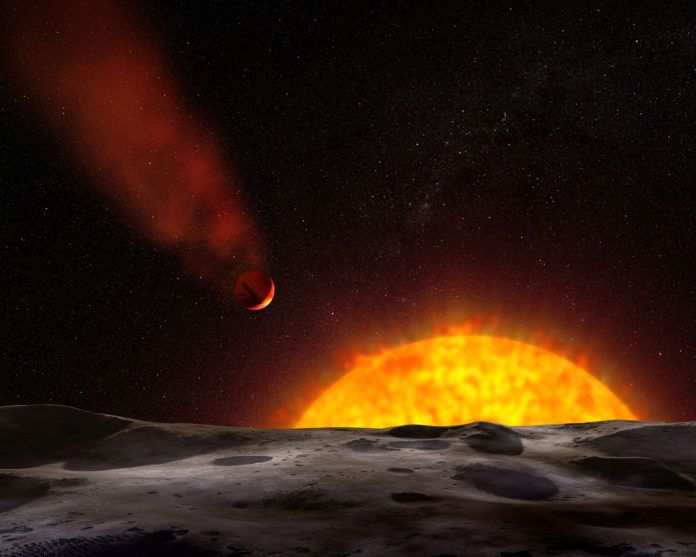Earth, where we live is also known as the world or globe formed about 4.54 billion years ago. On Earth, everything is just right for life to exist. It’s warm, but not too warm. And it has water, but not too much water.
Beyond that, have you ever thought why earth exists? Various scientists are also trying to find the answer to it. Similarly, a new theory might explain the answer as it gaining lots of attraction.
The Earth and most terrestrial plants formed hinges on materials orbiting a newborn star. In this case the sun, which is bunched and form planets. But researchers think something different. They think, the materials that make up our planet, which is rocky and iron-rich, could have stuck together on their own.
Alexander Hubbard, a Ph.D. in Astronomy who now works with the American Museum of Natural History said, “the sun went through a period said of intense volatility in which essentially roasted much of the material in its immediate vicinity, stretching as far as Mars. The softened materials would have been the right consistency to bunch up and form planets and would explain why the rocky worlds of Mercury, Venus, Earth and Mars sprung up.”
He next proposed a complex network that the sun went through a period of intense volatility in which essentially roasted much of the material in its immediate vicinity, stretching as far as Mars. The softened materials would have been the right consistency to bunch up and form planets and would explain why the rocky worlds of Mercury, Venus, Earth and Mars sprung up.
Hubbard suggested an intriguing solution to Earth’s difficult birth. In 1936, an infant star began to brighten, eventually shining over 100 times more brightly than it did originally. Now named FU Orionis, this star has stayed bright ever since. And several other stellar youngsters have done the same thing.
Hubbard said, “You naturally expect a terrestrial planet pattern that looks a lot like our own solar system if you have an FU Orionis-type event.”
In addition to this, Hubbard’s model also demonstrates diminutive Mars.
Most of the scientists suggest that gravitational interference occurs from Jupiter. But according to Hubbard, Jupiter is innocent.
He said, “An FU Orionis outburst wouldn’t melt dust grains much beyond Earth’s orbit. At the Red Planet’s distance. The peak temperature didn’t get high enough long enough for the molten grains to grow big enough.”
“Thus, Mars had little material to form from and so ended up only 11 percent as massive as Earth.”
